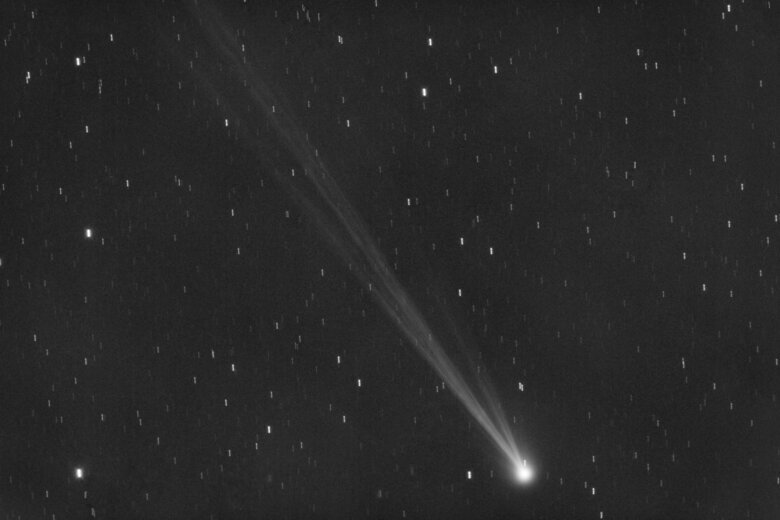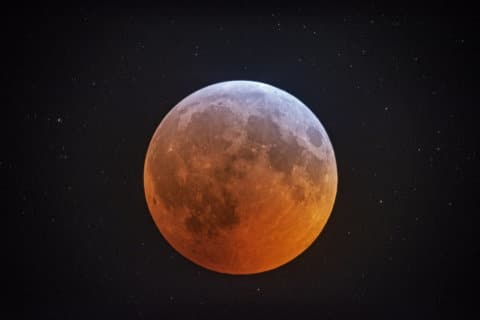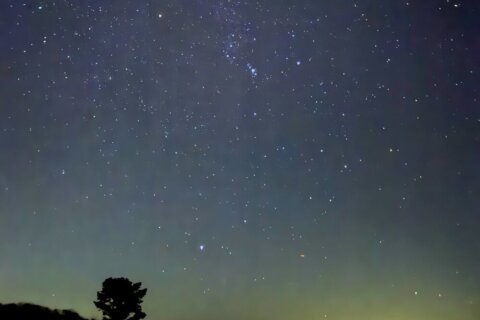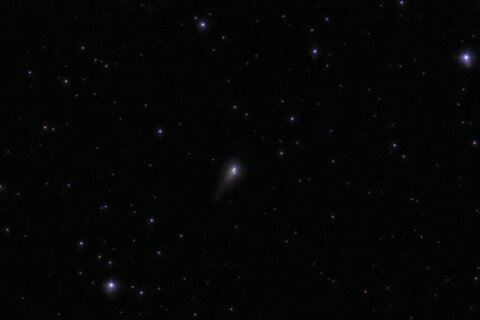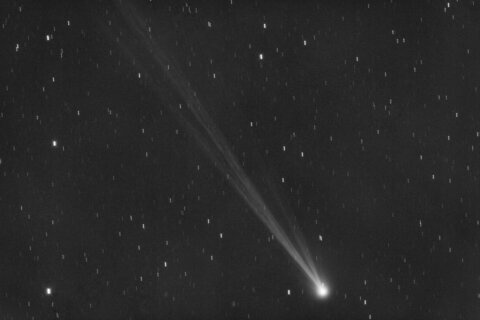
The 13 consecutive days of clouds are predicted to finally start to break this weekend, giving us a chance to look for Comet A3 in the eastern predawn skies.
Observers worldwide this week have reported seeing the comet visually and that it has a long tail. Many have photographed it as well.
You’ll need to find an area free of bright lights, tall buildings and trees that faces the eastern horizon if you want to get a good look at it. The Atlantic seashore and Shenandoah National Park are excellent places to observe the eastern horizon.
The comet will enter evening skies at dusk starting around Oct. 13 or 14 and should become far easier to see.
At approximately 5:30 a.m. EDT, you’ll want to be at your selected spot, looking to see if you can spot the tail of Comet A3 above the horizon. Wide field binoculars will help immensely in your search.
Approximately an hour later, the fuzzy looking coma, or head of the comet, should be above the horizon.
The comet is going to move to daytime skies and emerge above the Western horizon starting around Oct. 11. It will get higher in the sky each night and you should take a peek to see how the comet has changed — which it will.
Our other October comet, formerly known as “A11bP7I,” is now officially named Comet ATLAS (C/2024 S1) and astronomers are very excited about it. It has the potential to be very impressive but comets are like cats, no one knows what they are going to do.
Get more details on both comets here and clear skies to all!
I will continue to update this story and hope to observe and image these celestial interlopers to our skies to share with you.
Follow Greg Redfern on Facebook, X and his daily blog to keep up with the latest news in astronomy and space exploration.
Get breaking news and daily headlines delivered to your email inbox by signing up here.
© 2024 WTOP. All Rights Reserved. This website is not intended for users located within the European Economic Area.

